Whether it’s The Ugly Duckling or The Princess and the Pea: most people know at least one of Hans Christian Andersen’s numerous fairy tales. During his lifetime, the Dane wrote various literary texts and received great recognition for them, especially in Germany. Today he is considered a world celebrity and there are important honours and memorials to him in many different countries. You can find his profile here:
Hans Christian Andersen (born on 2 April 1805 in Odense), also known as H. C. Andersen, was a Danish poet and writer. He is still known today for his 168 fairy tales, which were summarised in the two volumes Collected Fairy Tales. Many of these have been made into films. Andersen also wrote autobiographical texts, novellas, dramas, poems and travelogues.
| Born | 2 April 1805 in Odense |
|---|---|
| Died | 4 August 1875 in Copenhagen |
| Famous works | The Princess and the Pea, Thumbelina, The Little Mermaid, The Emperor’s New Clothes, The Steadfast Tin Soldier, The Ugly Duckling, The Snow Queen, The Little Match Girl |
| Honours | Bronze sculpture of the Little Mermaid in Copenhagen, 2 museums in Odense, World Children’s Book Day, The Hans Christian Andersen Prize |
Biography: from poor cobbler’s son to writer
1805-1822: youth and the beginning of a career
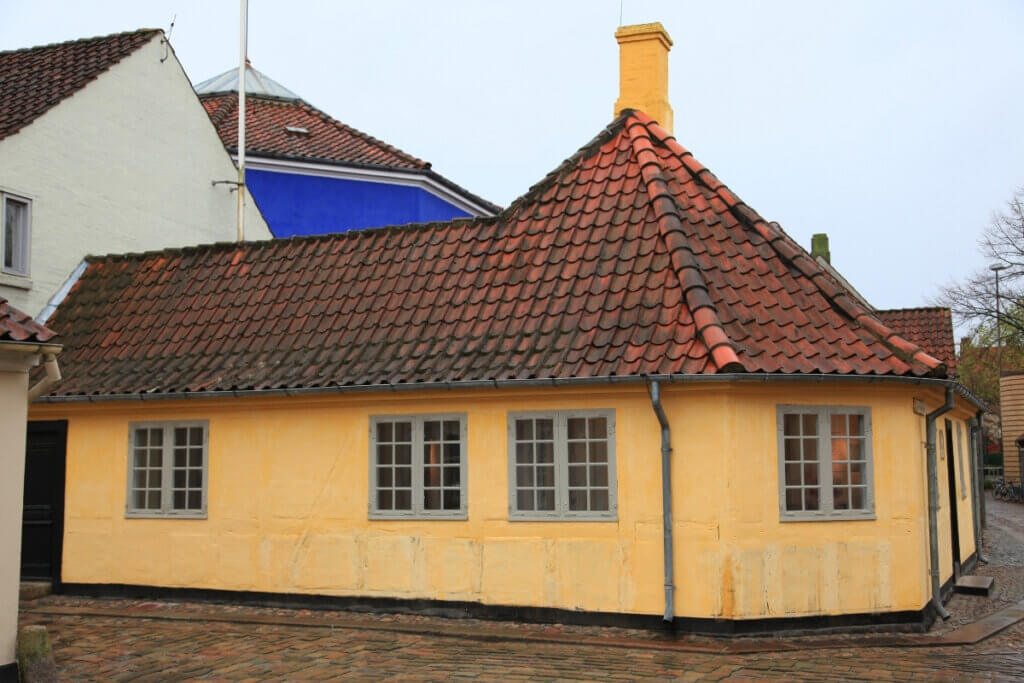
The fact that his works are often based on personal experiences cannot be denied when looking at Andersen’s biography: The Dane was born into poor circumstances in his birthplace of Odense on the island of Funen. His father Hans Andersen was a shoemaker, his mother Anne Marie Andersdatter a laundress who suffered from alcohol addiction. His aunt ran a brothel. The family could not even raise enough money for young Hans Christian’s school education. His desire to escape poverty grew ever stronger. He was fascinated by the theatre, but also by books and literature.
His father died when Hans Christian Andersen was 11 years old. The boy was forced to work in a factory to support himself and his mother. At the age of 14, however, his life slowly began to change: He decided to leave home and move to Copenhagen to act in the theatre. However, this was unsuccessful, as was his attempt to perform as a singer.
It was only when he began to write short poems that his talent was recognised. The director of the Royal Theatre in Copenhagen at the time, Jonas Collin, took Andersen in. The Collin family soon became his new family. Thanks to the support of the high official and the patronage of the then King Frederick VI, Hans Christian Andersen was initially able to attend a Latin school in Slagelse.
1823-1840: First works and travels
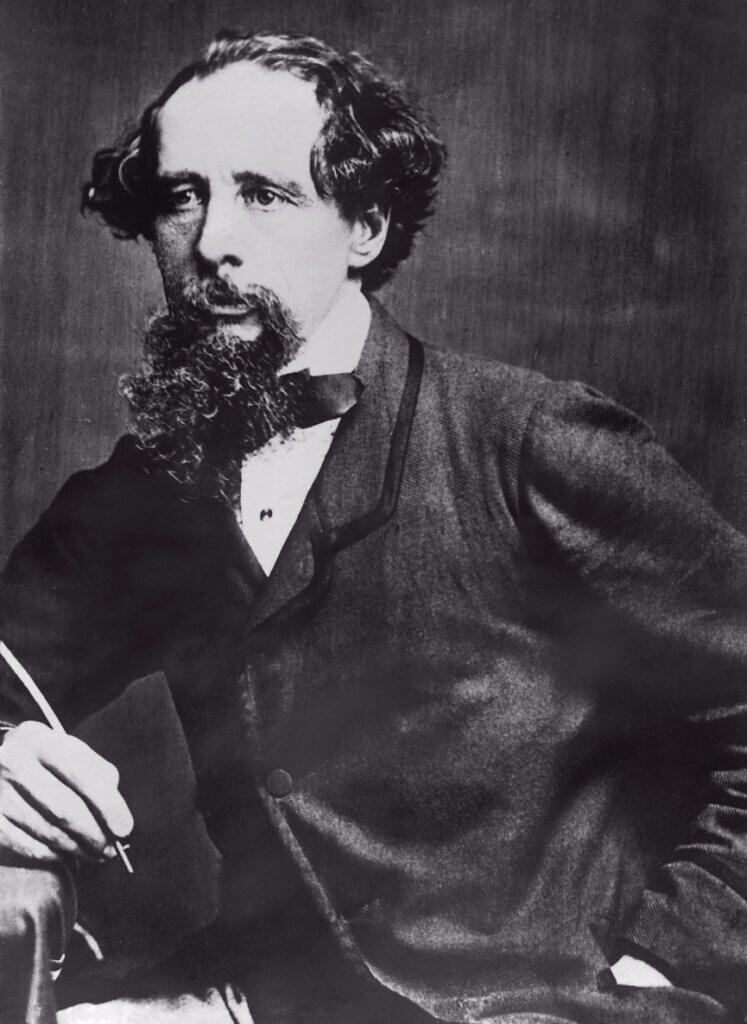
At the age of 18, he wrote his first well-known poem The Dying Child and his first unpublished fairy tale. The poem appeared in several languages and reveals traces of his childhood. He graduated from high school in 1828 and was subsequently able to study at the University of Copenhagen. His mother died in a poorhouse in 1833.
At the age of 30, Hans Christian Andersen began writing fairy tales for children and then for adults as well. His first novel, The Improvisatore, was also published.
From 1838, Andersen travelled to other countries: the Danish king’s support for poets made it possible for him to travel. The impressions flowed into his works and he wrote the fairy tale The Little Mermaid. While travelling, he met the English writer Charles Dickens and maintained a pen friendship with him for several years.
The dying child Mother, I’m tired, and I would fain be sleeping; Let me repose upon thy bosom sick; But promise me that thou wilt leave off weeping, Because thy tears fall hot upon my cheek.
(excerpt of the poem from The Pearl Story Book. A Collection of Tales, Original and Selected, by Mrs. Colman, 1850, probably translated by Mary Howitt)
1841-1875: later life
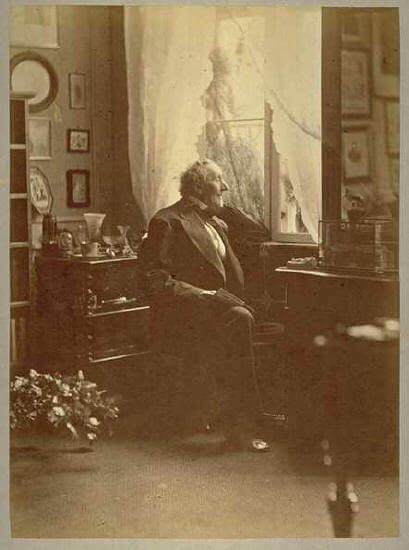
material: https://de.wikipedia.org/wiki/Hans_Christian_Andersen
#/media/File:Hans_Christian_Andersen,_1874.jpg, public domain.
Andersen’s relationship to love and sexuality is still a subject of debate today. He was repeatedly confronted with unrequited feelings and remained unmarried his entire life. It is unclear whether he was homosexual. He is also said to have been plagued by many fears and had a strong Christian faith.
In 1874, he had photographs of himself taken in his private rooms. One year later, Hans Christian Andersen died of liver cancer in his home town of Copenhagen at the age of 70. At this time, he was already a highly respected and internationally successful artist. He was buried in the Copenhagen Assistance Cemetery.
Fairy tales, stories and poems
Hans Christian Andersen’s works make him unforgettable: he continued to write fairy tales until shortly before his death – 168 in total. He also wrote around 1000 poems. The works have been translated into over 80 languages and adapted many times for theatre, ballet, film, music and radio plays. Some of the best-known fairy tales include The Little Mermaid, The Princess and the Pea, Thumbelina and The Emperor’s New Clothes.
Travelling destinations: in the footsteps of Hans Christian Andersen
The traces of Hans Christian Andersen’s life and work can of course mainly be found in Denmark, but there are statues and monuments in other countries to honour him as well. For example, you can find a bronze statue of him in Central Park in New York or in the Plaza de la Marina in Málaga in Spain.
Copenhagen: The Little Mermaid and Hans Christian Andersen Experience
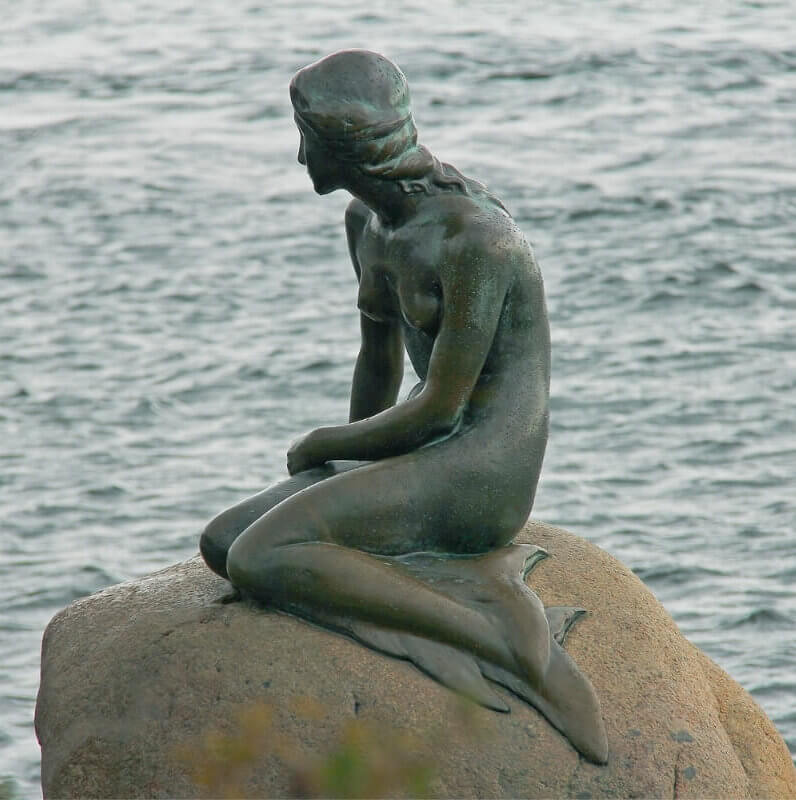
A city trip to Copenhagen is particularly worthwhile for fans of Hans Christian Andersen: since 1913, a bronze figure modelled on the Little Mermaid from Andersen’s fairy tale (1837) has been sitting on a boulder on the Langelinie waterfront promenade. Today, it is considered a landmark of Copenhagen and one of the smallest landmarks in the world.
The tour continues with the “Hans Christian Andersen Experience”. The museum on the writer’s career and biography invites you into his fairytale world.
A statue of Hans Christian Andersen can be found nearby on City Hall Square, opposite Tivoli in Copenhagen. Another statue is in the Kongens Have park, the royal garden in the centre of the city.
Odense: Hans Christian Andersen Museum and birthplace
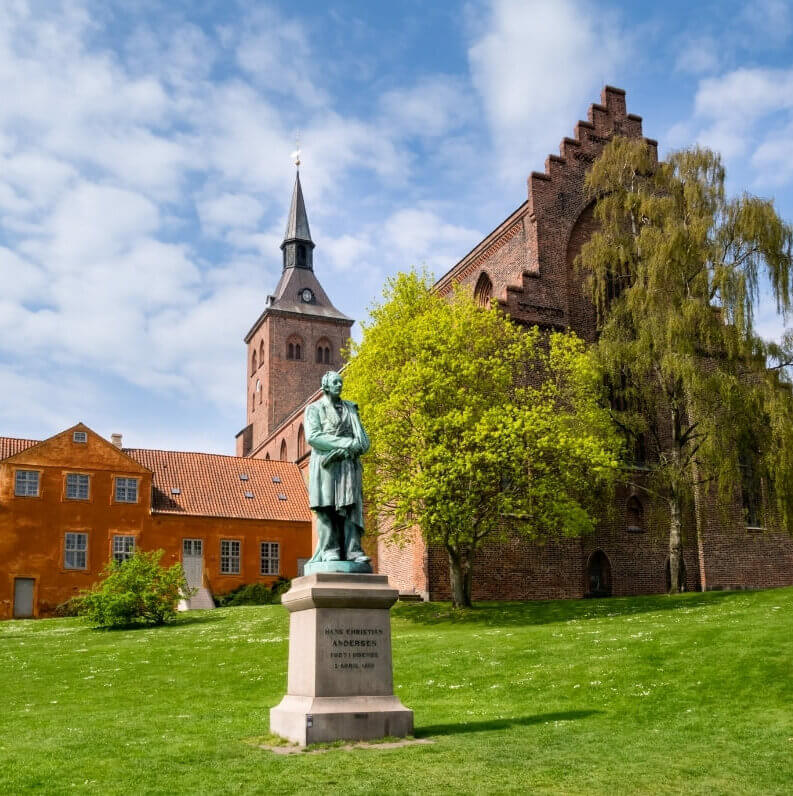
There are also some tourist highlights to be found in the city where Andersen was born: In addition to his presumed birthplace (H.C. Andersens Hus) and the parental home, both of which can be visited, Odense offers a museum with words, pictures and private possessions of Andersen. In addition, the newly built “Hans Christian Andersen House”, which opened in 2021, is primarily centered around his fairy tales – the perfect destination for families.
A sculpture can be found in the fairytale garden in Odense. In Møntergården, the city museum in the historic city centre, you will also find numerous traces of Andersen’s childhood.
